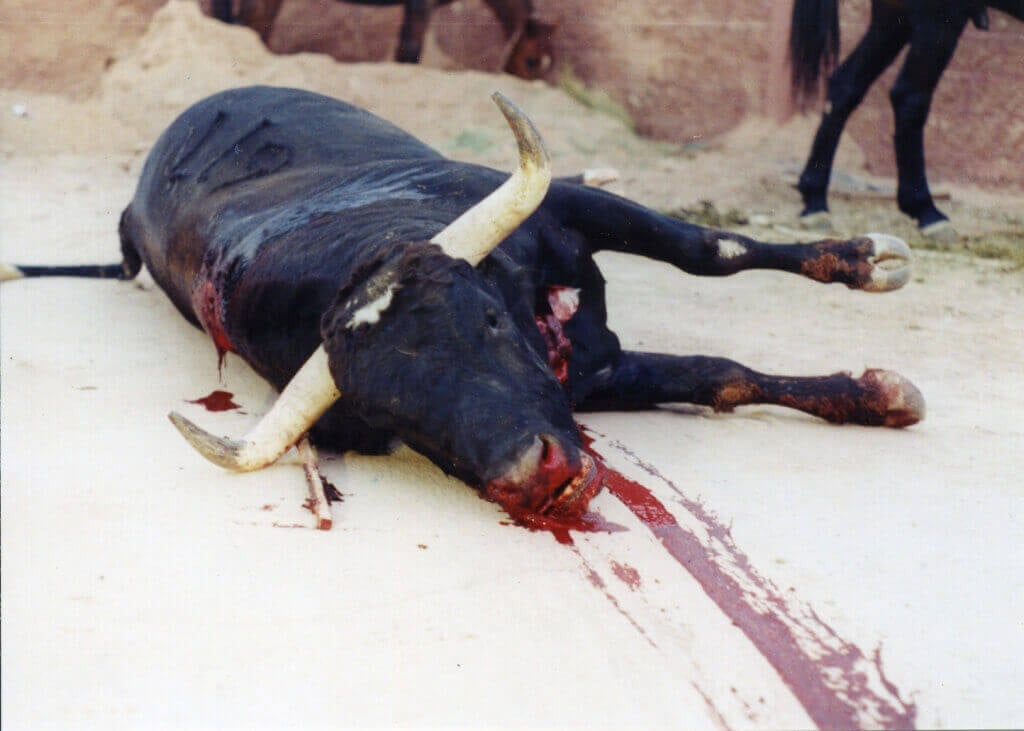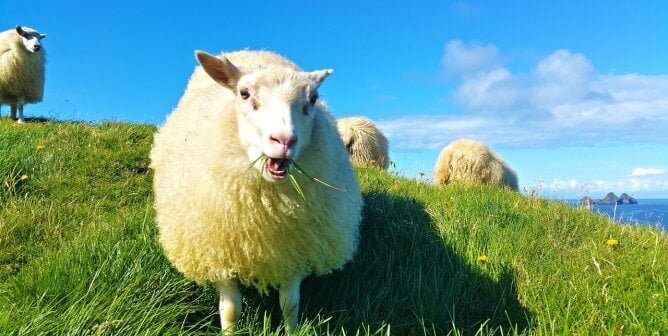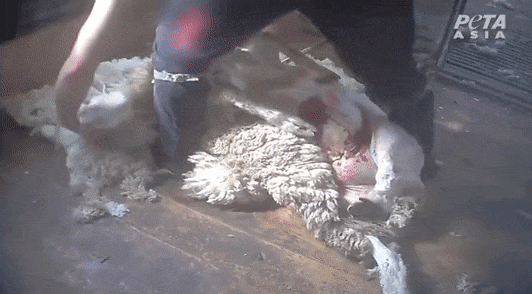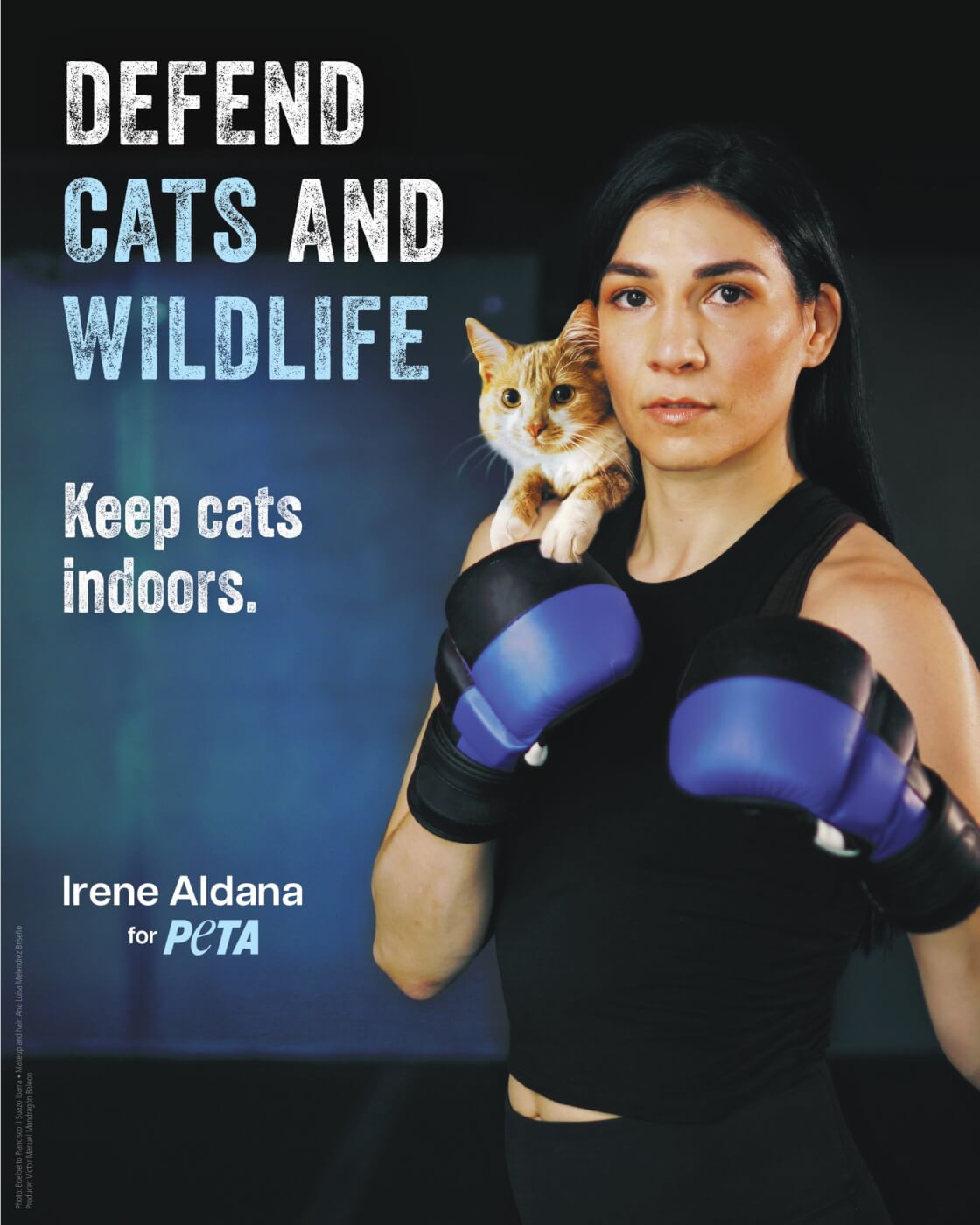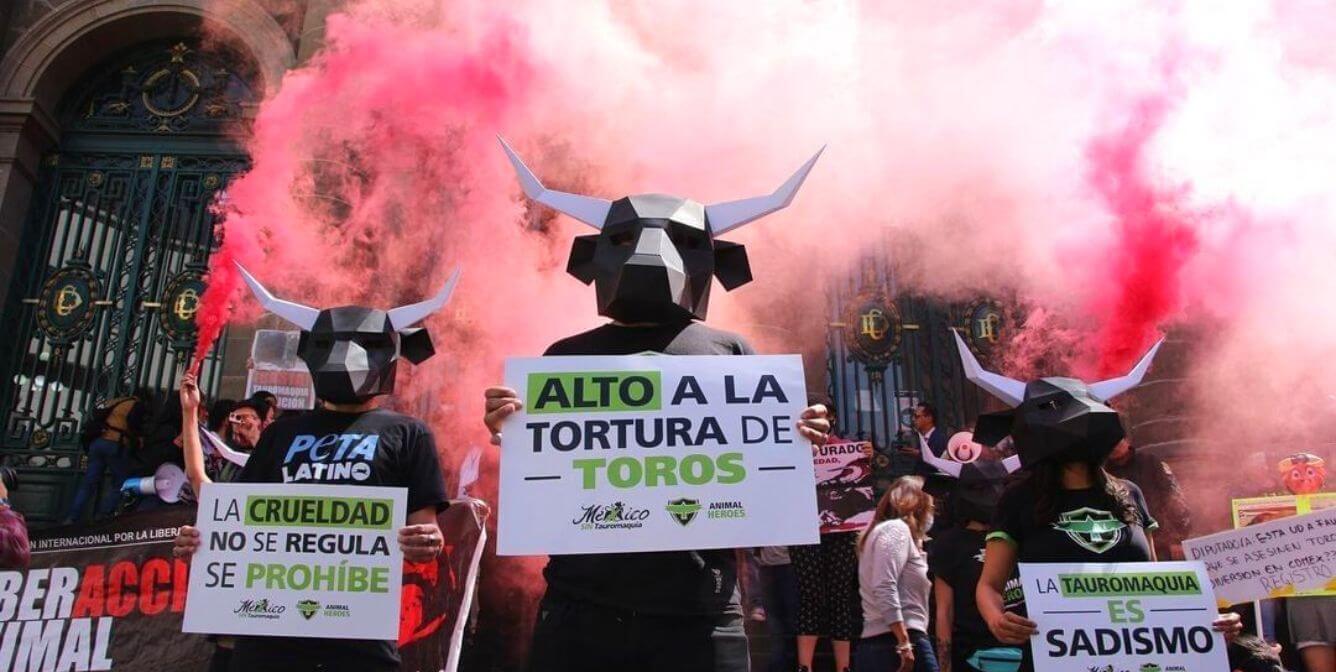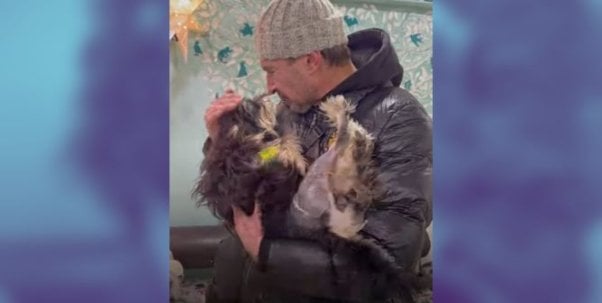“Bullfighting Is a Sin.” That message is the wake-up call that Catholic authorities need, and PETA Latino is making sure they can’t hit the “snooze” button.
Before the First Meeting of Bullfighting Chaplains and Priests in Zamora, Spain, PETA Latino brought the message—imposed on an image of Jesus protecting a bull from a matador—to Rome.
The ads will be impossible for the Catholic Church to ignore, as the group plastered 100 billboards across the city. There’s also one on the back of a traveling tourist bus, which will bring the message directly to the Vatican.
“The Church teaches compassion for all living beings, yet it’s complicit in the ritual torment and killing of persecuted bulls. PETA is calling on Pope Francis to condemn this vile spectacle, and we urge merciful people everywhere to stay far away from bullrings.”
—Mimi Bekhechi, Vice President of PETA U.K., Europe, and Australia
Bullfights Are No ‘Honor’—They’re Sickening
Every year, humans murder tens of thousands of bulls in bullfighting festivals around the world—some supposedly in honor of Catholic saints. But would saints, recognized for their closeness to God, ever want this “honor”?
In a bullfight, assailants on horses stab lances into a bull’s back and neck, and then others plunge banderillas into his back. These wounds disable the animal, wracking him with severe pain whenever he turns his head and impairing his range of motion.
Eventually, when the bull becomes weak from blood loss and pain, a matador appears and attempts to kill the animal by plunging a sword into his lungs or, if that fails, cutting his spinal cord with a knife. The bull can’t move but may still feel pain as men cut off his ears or tail and present them to the matador as a trophy. Then the animal’s body is dragged out of the arena.
The Vatican Has Already Condemned Bullfighting
As Pope Francis wrote in his 2015 encyclical Laudato sí, “Every act of cruelty towards any creature is ‘contrary to human dignity.’” As far back as the 16th century, Pope Pius V—now canonized—banned bullfights, which he described as “cruel and base spectacles of the devil and not of man” and contrary to “Christian piety and charity.”
The doctrine of the Catholic Church clearly states that humans shouldn’t “cause animals to suffer or die needlessly.” Yet Catholic priests often officiate at religious ceremonies in bullrings and minister to bullfighters in arena chapels. Some even attack bulls in arenas while dressed in a cassock, the traditional garb worn by Catholic officials.
Bullfights are neither essential nor necessary to the Catholic faith—if anything, they fly in the face of it by celebrating sin and torture.
Do Your Part for Bulls: Urge the Vatican to Ban Bullfights
Just a moment of your time would mean the world to bulls, who humans still put through torment and agony for entertainment. Urge Pope Francis to enforce his values against cruelty to animals and ban bullfighting in the name of the church.
Tell The Vatican: No More Bullfights!
The post PETA Latino Blasts Rome With Provocative Anti-Bullfighting Ad appeared first on PETA.


